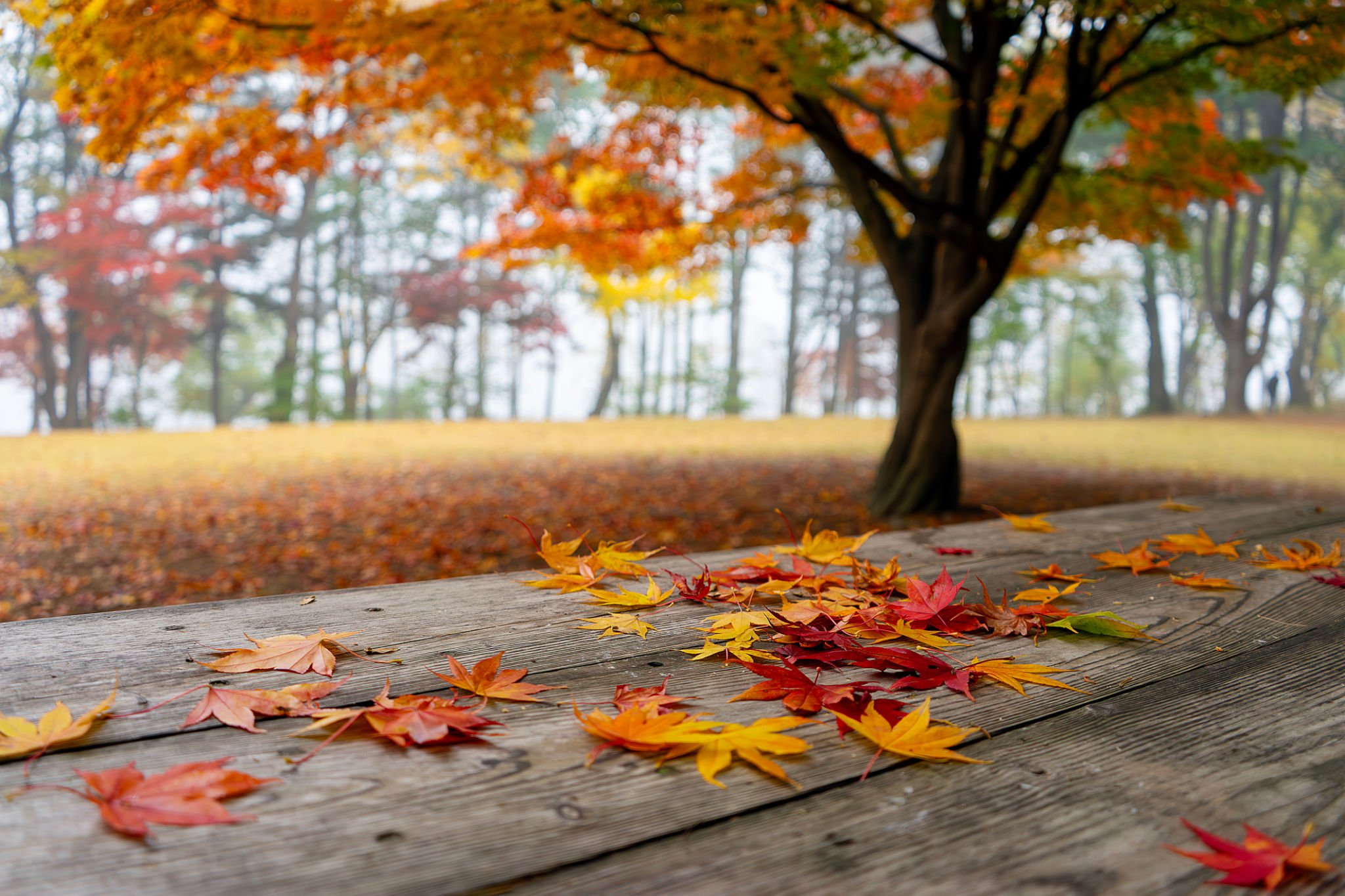Creating Seasonal Beats: Capturing the Essence of Each Season
Understanding the Connection Between Music and Seasons
Music has a unique ability to evoke emotions and memories, often tied to particular times of the year. As the seasons change, so do the moods and atmospheres that we seek to capture through sound. Creating seasonal beats involves tapping into these atmospheric shifts, offering listeners a sonic experience that resonates with the current time of year.
Each season brings its own distinct vibe and energy. The bright, invigorating sounds of spring differ significantly from the cozy, reflective tunes of winter. Capturing these differences in music can enhance the listener's experience, making it feel more personal and timely.

Spring: Rebirth and Renewal
Spring is synonymous with rebirth and renewal. As nature awakens from its winter slumber, the world becomes vibrant with colors and life. Musically, spring is often represented through light, airy compositions that feature uplifting melodies and bright instrumentation. Think of acoustic guitars, flutes, and gentle percussion that mimic the sounds of nature coming back to life.
To create a spring beat, focus on using major chords and higher tempos to reflect the season's energetic and hopeful essence. Incorporating natural sounds, like birds chirping or flowing water, can further enhance the springtime feel of your music.
Summer: Vibrancy and Adventure
Summer is a season of vibrancy and adventure. It's a time for outdoor activities, travel, and enjoying long days under the sun. Musically, summer beats often feature upbeat rhythms and catchy melodies that inspire movement and joy. Genres like pop, reggae, and electronic dance music are particularly effective in capturing the carefree spirit of summer.

Experimenting with tropical instruments like steel drums or marimbas can add an exotic touch to your summer compositions. Additionally, using looped rhythms and syncopated beats can create an infectious groove that captures the lively energy of this season.
Autumn: Reflection and Transition
Autumn is a time for reflection and transition. As leaves change color and fall from the trees, there's a sense of nostalgia and introspection in the air. To capture this in music, consider using warm tones and mellow harmonies. Instruments like pianos, violins, and acoustic guitars can convey the cozy, contemplative nature of autumn.
Incorporating elements of folk or jazz can also enhance the autumnal feel, as these genres often emphasize storytelling and emotion. Slower tempos and minor keys can help evoke the bittersweet beauty of this transitional season.

Winter: Warmth and Intimacy
Winter is a season marked by warmth and intimacy, despite its often cold exterior. Music for winter typically focuses on creating a sense of comfort and coziness. Think of rich harmonies, lush strings, and gentle melodies that wrap around you like a warm blanket.
Experiment with incorporating holiday themes or traditional instruments like bells or choirs to evoke the festive spirit of wintertime. Slower beats and minimalistic arrangements can also add to the serene, peaceful atmosphere often associated with this season.
Tying It All Together
Capturing the essence of each season in your music requires a thoughtful approach to instrumentation, rhythm, and mood. By listening closely to the natural world and observing how people experience each season, you can create beats that resonate deeply with your audience.
Ultimately, the goal is to evoke emotion and memory through sound, crafting an auditory landscape that feels perfectly aligned with the time of year. Whether you're composing for personal enjoyment or professional projects, seasonal beats offer a rich avenue for creative exploration.

